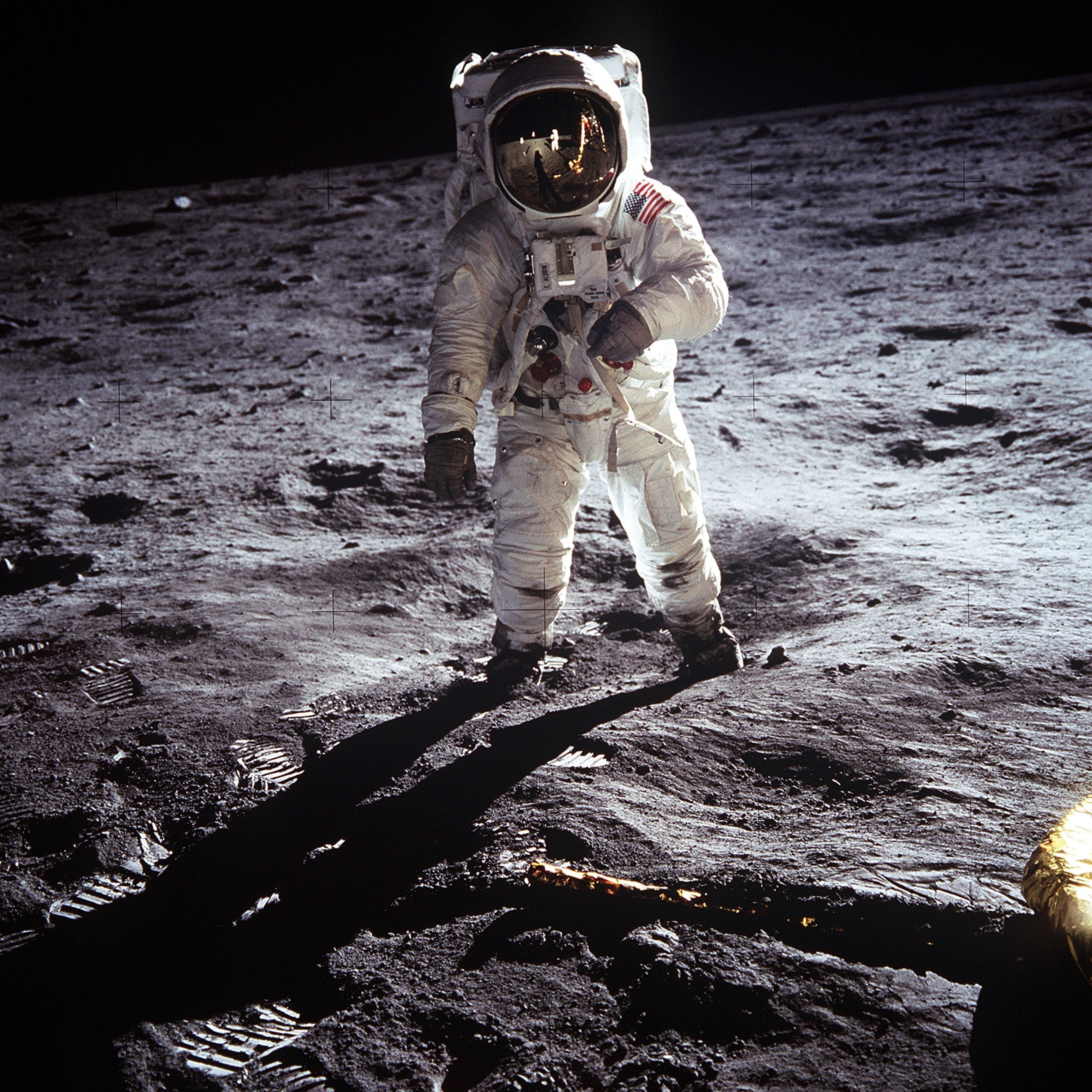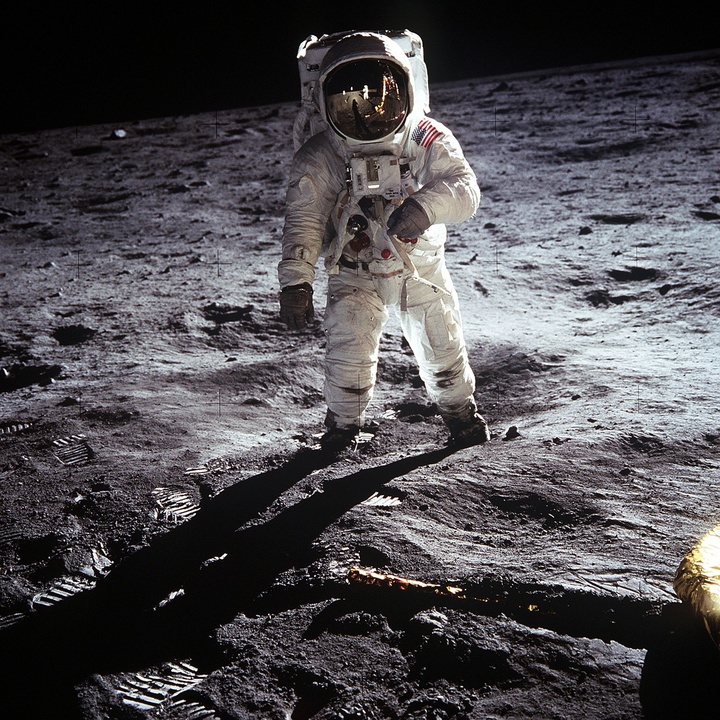
Space Poop. Two short words that, when put together, seemed to ignite a fire of intrigue, humor, and most importantly — the burning desire to click. And perhaps that explains at least some of what made this particular HeroX and NASA Tournament Labs collaboration the crowdsourcing project of its kind with the most entries, widest global participation, and possibly even the most media attention.
We all know crowdsourcing works — but rarely does it work so well as was the case with Space Poop. So what made it different? After the dust finally cleared, HeroX took a long look at this challenge that had taken on a life of its own. What we learned might help other crowdsourcing projects enjoy a little bit of that same “magic.”

1. What’s in a name? Absolutely everything.
Space Poop was thrown out by one of the HeroX team members, amidst a slew of other (longer) suggestions. It was simple, brazenly blunt, and almost crude. There was something edgy about it. That was all it took — we had a winner. When considering the most significant attributes of the project title, “simple language” and “shock value” rose to the top. NASA Tournament Labs had a working title that was five or so words long and would require the average person to take a trip Dictionary.com just to understand it. Human time and attention span are some of the most valuable resources on the planet and by far the most critical to a crowdsourcing project. Space Poop fell inside that golden zone that just happened to cost less and capture waaaay more of it.
Take-away: Don’t shrug off a bad name, or even a mediocre one. The title is your elevator pitch, so don’t settle for less than perfect.
2. Know your audience, and speak to them
One thing HeroX already had working in favor of Space Poop was our audience. Demographic analysis, mostly conducted through social media, presented a consistent trend in our audience age, gender, and subject matter interests. It just so happened those demos made for a very easy sell of Space Poop. There was an element of “just add water” so to speak, to the initial launch. That, however, wasn’t where it stopped. The first snowflake of media pickup that ultimately launched the avalanche came from Space.com. The writer who picked it up has run HeroX stories in the past, and even written for our own in-house blog. The perfection of this situation, though, was rooted in how well a story about Space Poop meshed with the audience and extended reach of Space.com. It was a match made in heaven, and the buzz created from the enormous reach of that one site was enough to encourage many, many more pick-ups.
Take-away: Find your internet media unicorn, and do what it takes to get your project featured (or even mentioned) there.
3. Affiliations help (a lot)
We can’t tell the story of Space Poop without massive props to NASA Tournament Labs. To be fair, the NASA name goes far and wide, and has a kind of emotional impact that few other “brands” do. Obviously, it’s not so easy to identify collaborators with that kind of clout, but the lesson remains. Going it alone and creating a crowdsourcing project “your way” might seem appealing in a sense (or at least less complicated) but the rewards of having a slightly higher instant-recognition factor are huge. Remember, trust is everything, and that’s the kind of validation that a partner in your project can bring to the table.
Take-away: Teamwork makes the dream work, and this is especially true in crowdsourcing campaigns.
4. Capture the imagination
Space: the final frontier; poop: something adults don’t really talk about…and the mystery builds. This one was basically a cake-walk. We had a lot working for us: noble astronauts, science fiction, the future, trips to Mars, and even the notion of a space travel mission gone “haywire” (the ultimate purpose of the Space Poop Challenge was the create a component of an in-suit life support system for a serious contingency situation.) Basically, you can’t think about Space Poop without an astronaut movie playing in your head — at least a little bit. This is a hugely underrated aspect of promoting anything, and it worked brilliantly. Your product or concept or problem probably doesn’t have such a perfectly “plug and play” narrative built into it, but that’s where it gets fun. You have the ability to create a narrative around the purpose of your crowdsourcing project, and it will be that story to which people cling. That story will garner participation, and keep people engaged until the very end.
Take-away: Start with “why” and tell your audience a story. It’s the only way they’ll listen.
5. It’s not about the prize money
Say it with me: the prize amount does not determine the success of your crowdsourcing project. Of course the prize amount matters, but don’t expect it to work proportionally in your favor. Consider the fact that Space Poop had fifty times as many submissions with a $30,000 prize as a challenge of similar difficulty had with a $1M prize. Space Poop also ran for 1/10th the amount of time. Yeah. Food for thought right there. The reward should be a significant amount, by all means, but simply adding more money to the pot won’t guarantee success.
Take-away: Financial rewards are nice, and crucial to a crowdsourcing campaign — but the cash doesn’t tell a story; you do.
Sharing our knowledge
Why share all of this? So that we can contribute something to the world of crowdsourcing. After all, crowdsourcing isn’t going to change the way the world works without a bit of a learning curve somewhere in there. The best way to learn is by doing, of course, so click below to find out how you can get started with your own crowdsourcing project.








